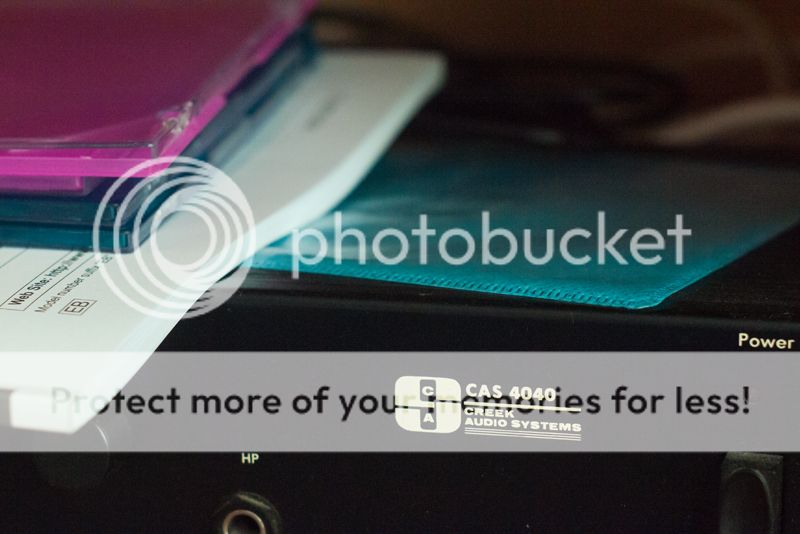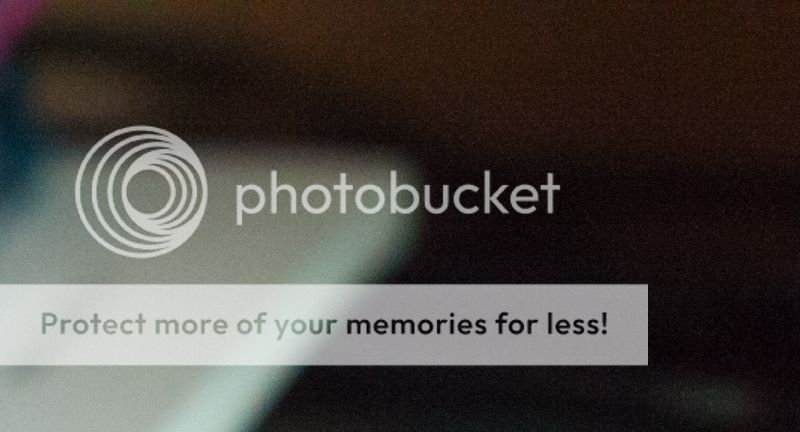- Messages
- 6,433
- Name
- Graham
- Edit My Images
- No
The only way I can see this argument being settled is if somebody can do a back to back test of a stationery subject. Camera on a tripod. Focused only once. Fixed aperture. Fixed ISO. Single immobile variable intensity light source (a dimmer switch would). Exposure balanced so that histograms look consistent between shots. Anything else is always likely to be open to conjecture. I'd volunteer, but I'm at work 

 . Seeing as apparently I underexposed shadows you'd copy a histogram from above, and show the shadows areas on it. Theres not a whole lot of data there. Certainly not enough for you to be making that sort of somewhat silly claim :shake:.
. Seeing as apparently I underexposed shadows you'd copy a histogram from above, and show the shadows areas on it. Theres not a whole lot of data there. Certainly not enough for you to be making that sort of somewhat silly claim :shake:.






